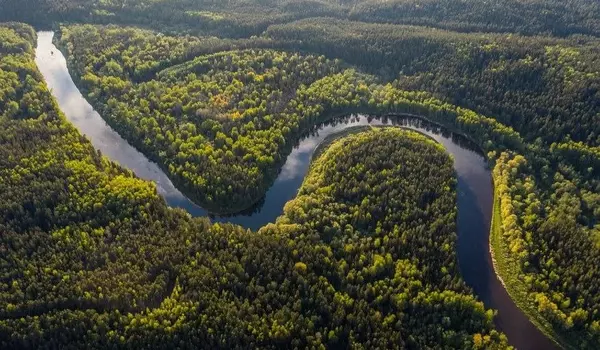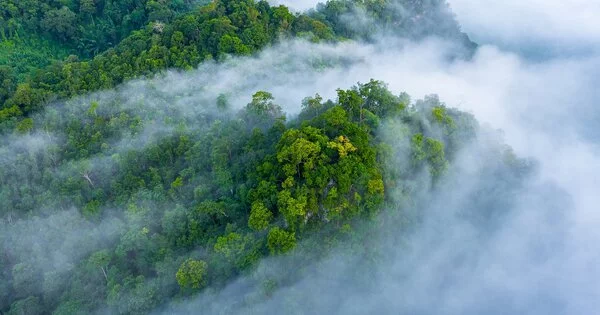As habitat destruction trends interact with climate change, there is concern that the Amazon will become entangled in a series of “feedback loops” that will dramatically accelerate the rate of forest loss and degradation, bringing the Amazon Biome to a point of no return. This threshold, also known as a tipping point, may occur when Amazonian forests die and are gradually replaced by fire-prone brush and savanna (ecological tipping point), and rainfall is inhibited on a regional scale (climatic tipping point).
The Amazon rainforest’s dieback has long been touted as a possible climate tipping point, despite the fact that only a small minority of Earth System Models predicted dieback. According to a new study conducted by researchers at the University of Exeter, this situation has now changed. Most of the most recent Earth System Models that simulate changes in forest carbon now produce dieback events in Amazonia as a result of climate change.
Previous research suggested that once the tipping point in the Amazon was reached, the entire region would experience severe dieback, but the new study, published in the journal Earth System Dynamics, discovered that many of the most recent models instead predict localized dieback events.
We can now infer from temperature data that the Amazon has been consistently drying for more than a century. Earth System Models predict continued drying in the future as a result of global warming, giving us even more reason to be concerned about climate-driven rainforest dieback in the Amazon.
Dr. Paul Ritchie
According to the research team from the University of Exeter, while we are not in grave danger of losing the entire Amazon rainforest due to climate change, localized dieback would have serious consequences for local communities and ecosystems.
“Though we see little change in forest carbon across the Amazon, five of the seven models we studied show localized abrupt dieback events under global warming,” said lead author Isobel Parry of the Department of Mathematics and Statistics at the University of Exeter.
“It is important to remember that even localized dieback can have severe consequences. This study suggests that for every degree of warming above 1.5°C, up to 12% of Northern Amazonia will experience abrupt downward shifts in vegetation carbon.”

The Exeter team also discovered that many of the detected abrupt shifts in vegetation carbon are preceded by increases in the amplitude of the temperature seasonal cycle, which is consistent with more extreme dry seasons.
A related study led by Dr. Paul Ritchie and recently published in the journal Communications Earth & Environment discovered that drying in the Amazon rainforest is associated with increases in the amplitude of the temperature seasonal cycle in both models and observations.
“We can now infer from temperature data that the Amazon has been consistently drying for more than a century. Earth System Models predict continued drying in the future as a result of global warming, giving us even more reason to be concerned about climate-driven rainforest dieback in the Amazon” Dr. Paul Ritchie, also of the University of Exeter’s Department of Mathematics and Statistics, agreed.
“Together, these studies provide a firmer basis for detecting drying that could lead to Amazon forest dieback, but they also heighten our concerns about forest dieback under climate change,” said senior author Professor Peter Cox.





